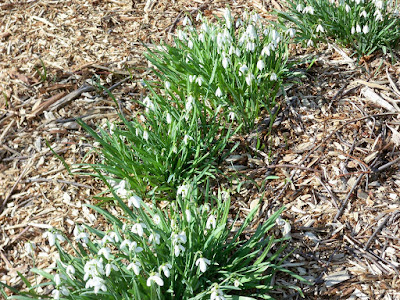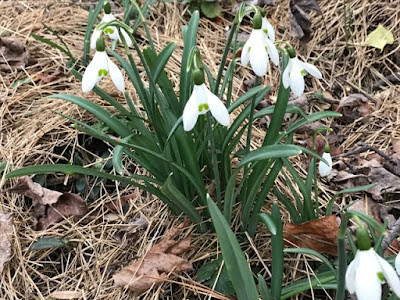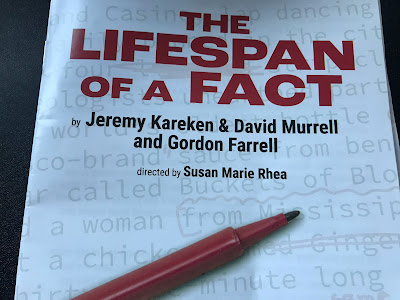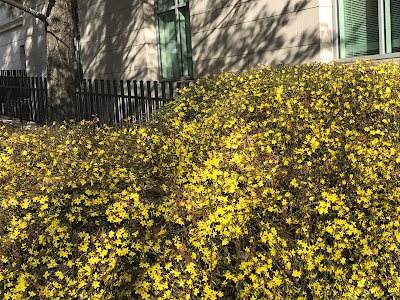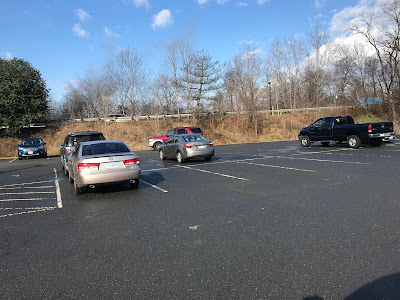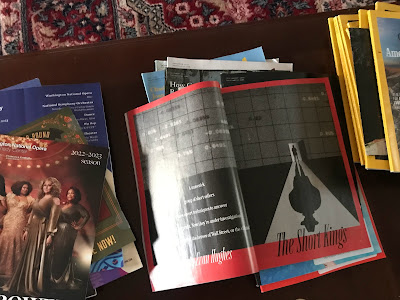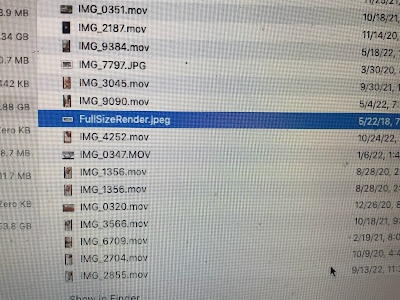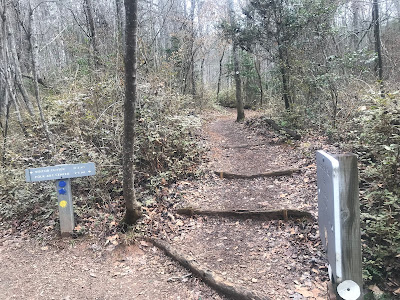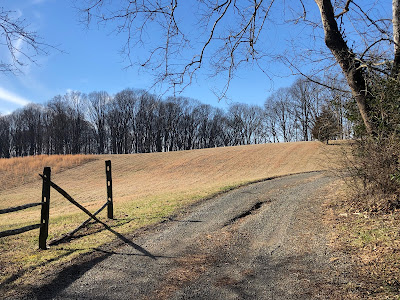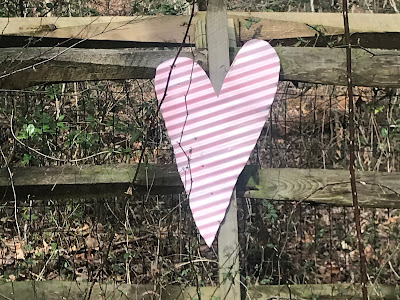Clumping
As we move ahead into this strangely early spring, I’m enjoying the flowers that have bloomed and noticing a feature about them that I may not have fully appreciated before … and that is clumping.
There are clumps of Lenten roses, clumps of daffodils and clumps of snowdrops. It’s just the way they grow and spread, I know. But the impression is one of abundance and joy.
It seems that flowers, like humans, enjoy the company of their kind.
